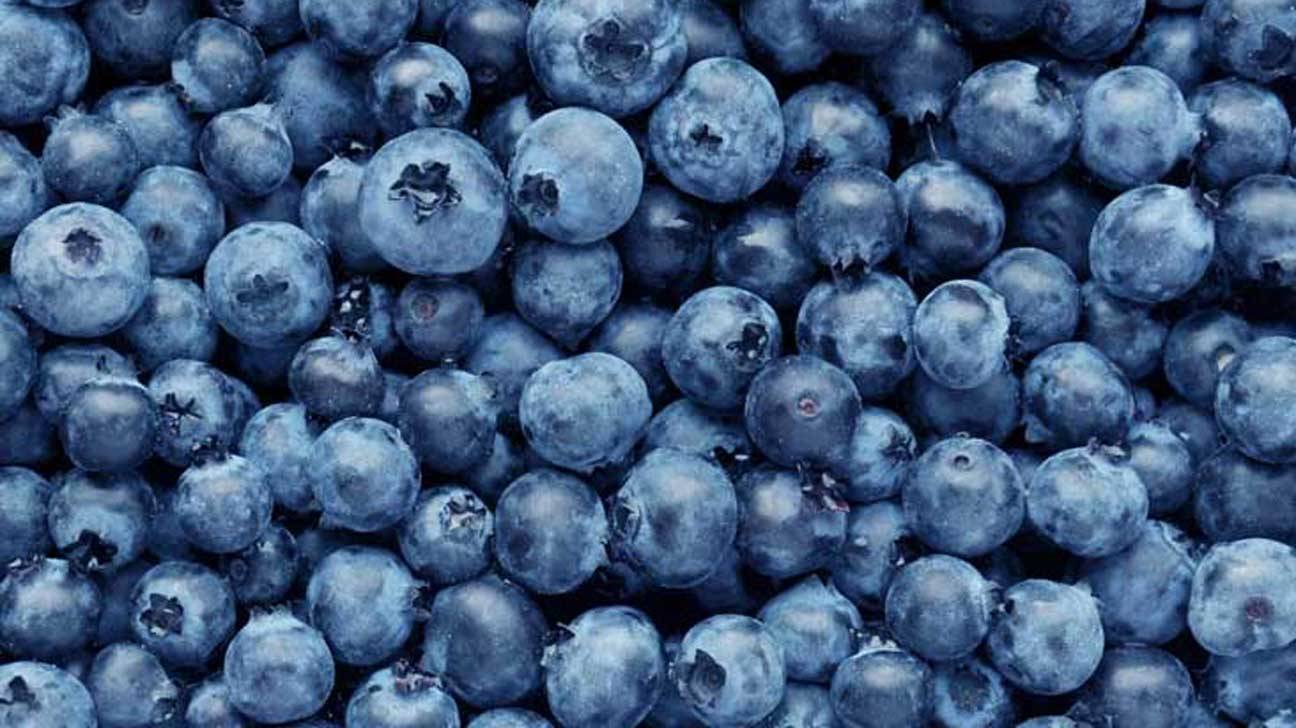Blueberries: Small Wonders of Flavor and Wellness
Blueberries, scientifically labeled as Vaccinium corymbosum, are internationally renowned and beloved berries. These petite, spherical fruits are treasured not just for their delightful sweet and tangy taste but also for their exceptional health advantages, cultural importance, and adaptability in the culinary realm. In this essay, we will delve into the origins, nutritional content, cultural symbolism, agricultural relevance, and varied culinary applications of blueberries, highlighting their extraordinary role in our lives.
The history of blueberries traces back thousands of years, with evidence of their consumption by indigenous North American peoples. Native American tribes incorporated wild blueberries, referred to as "lowbush" or "wild" blueberries, into their diets long before European settlers arrived. These early inhabitants recognized blueberries as a nutritious and readily available food source.
Culturally, blueberries hold a special place in North American traditions and folklore. Native American tribes used blueberries for sustenance and medicinal purposes, and they featured prominently in indigenous stories and myths, often symbolizing the land's natural abundance.
In the early 20th century, efforts to cultivate and commercialize blueberries led to the development of the larger "highbush" blueberry varieties we know today. Dr. Frederick Coville, a botanist, played a crucial role in advancing blueberry cultivation, contributing to the growth of the blueberry industry.
Blueberries have also gained recognition and popularity in popular culture as a "superfood" rich in antioxidants and other health-promoting compounds, symbolizing healthy living and wellness.
Nutritionally, blueberries are packed with essential vitamins, minerals, and antioxidants. They are an excellent source of vitamin C, supporting immune health and healthy skin. Blueberries are also rich in dietary fiber, particularly soluble fiber, aiding digestion, promoting satiety, and stabilizing blood sugar levels.
Blueberries are renowned for their high antioxidant levels, including anthocyanins and quercetin, responsible for their vibrant blue color and health benefits. Antioxidants protect cells from oxidative damage caused by free radicals, reducing the risk of chronic diseases and promoting overall health. These antioxidants have been linked to improved cognitive function, reduced heart disease risk, and better blood pressure management.
In recent years, blueberries have gained recognition for their potential in promoting brain health and preventing age-related cognitive decline. Research suggests that regular blueberry consumption may enhance memory, cognitive function, and delay cognitive decline associated with aging.
Blueberries' versatility in the culinary world is another testament to their appeal. They can be enjoyed fresh, frozen, dried, or incorporated into a wide range of dishes and recipes, from breakfast foods like cereal and yogurt to iconic desserts like pies and muffins. Blueberries also shine in smoothies and savory dishes, showcasing their adaptability.
From an agricultural standpoint, blueberries have become a globally significant crop. Their cultivation spans regions worldwide, creating economic opportunities for farmers and benefiting communities. Sustainable farming practices aim to minimize environmental impact, emphasizing organic cultivation and integrated pest management.
In conclusion, blueberries, with their rich history, nutritional value, cultural significance, agricultural impact, and diverse culinary applications, are small wonders of flavor and wellness. They tantalize our taste buds, provide essential nutrients, and inspire creativity in the kitchen. As we prioritize health and well-being, blueberries serve as a reminder of nature's ability to nourish our bodies and please our palates.
Send a


